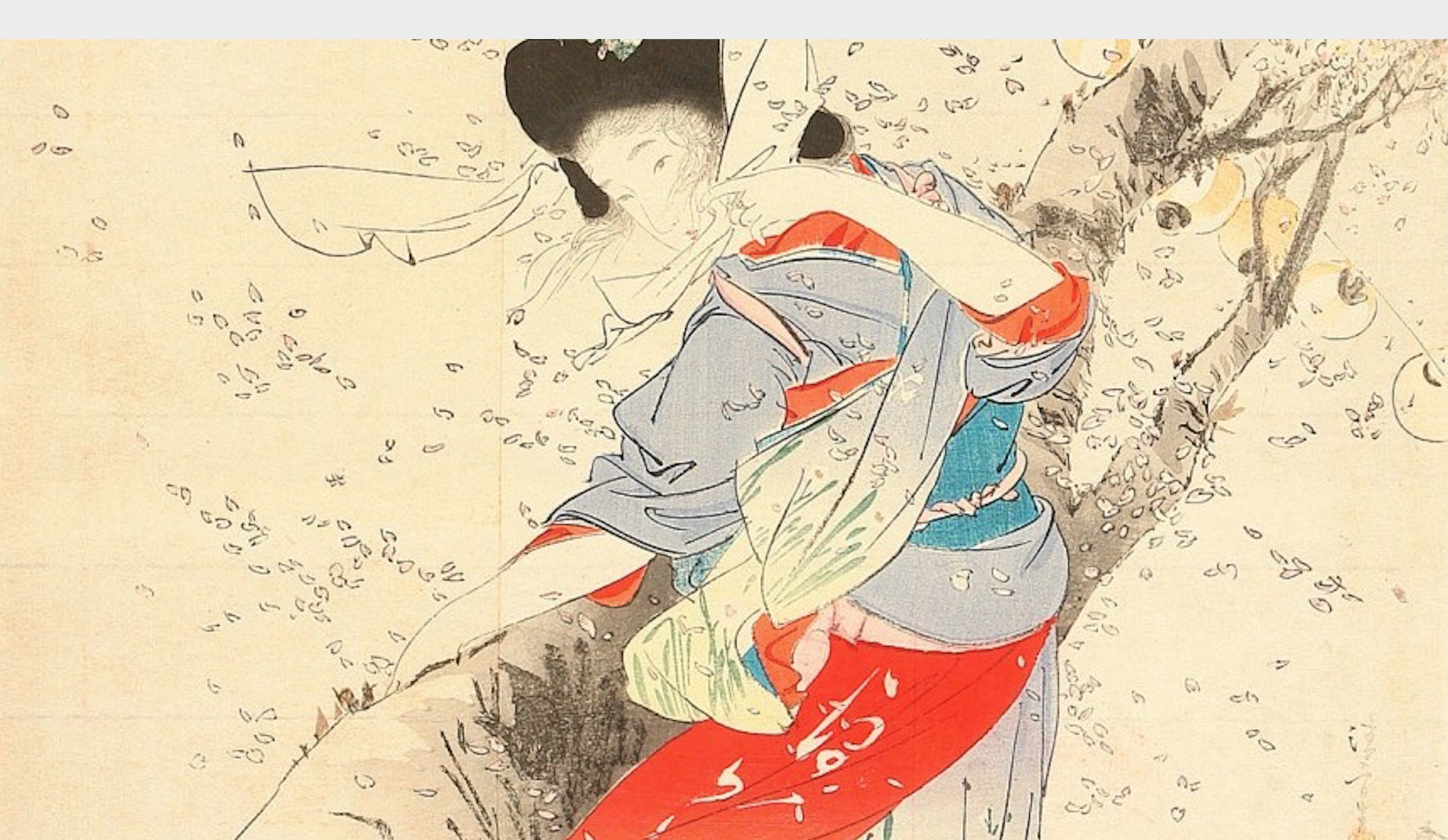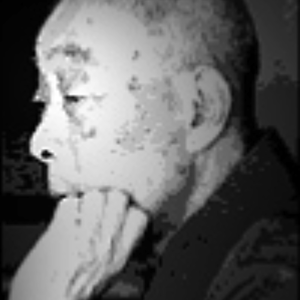KIYOKATA
COLLECTING JAPANESE PRINTS FEATURED MEIJI ARTISTKaburagi Kiyokata
1878 - 1973
Profile at a Glance:
Meiji period painter and woodblock print artist
Most recognized for his bijin-ga designs
A large body of work was dedicated to kuchi-e, woodblock printed frontispieces for Japanese romance novels
A major figure in twentieth-century nihonga and mentor to numerous shin hanga artists, Kiyokata Kaburagi, was born on August 31, 1878, in the Kanda district in Tokyo. At age thirteen, Kiyokata studied under Meiji print artists Tsukioka Yoshitoshi and Mizuno Toshikata of the Utagawa school of ukiyo-e.
Upon completion of his studies, Kiyokata became an illustrator for newspapers and novels. In particular, his illustrations for the Shun'yodo edition of the novel Demon Gold helped to establish his reputation as a burgeoning artist. In 1901 he founded the Ugokai organization, dedicated to ukiyo-e and Japanese genre painters. However, the group was dissolved in 1912.
Prior to 1910, Kiyokata worked in illustration. However, he increasingly focused on nostalgic genre paintings as a primary medium. Over the next several years, he also took on various pupils, including Torii Kotondo, Kawase Hasui, and Ito Shinsui, establishing a link between the Utagawa school and the shin hanga movement. In 1915, Kiyokata's students formed the Kyodokai, a society of painters vital to the shin hanga movement. For his students, Kiyokata bridged the gap between nineteenth-century ukiyo-e woodblock artists with twentieth-century shin hanga practitioners. Kiyokata further established the Kinreisha organization in 1917, dedicated to Japanese style painters.
In recognition of his outstanding contributions to the nihonga and shin hanga movements, Kiyokata was appointed to the Imperial Art Academy in 1929 and the Art Committee of Imperial Household in 1938. He received the Order of Cultural Merit in 1954, one of the highest honors a Japanese artist can receive. Kiyokata Kaburagi passed away in 1973 at the age of ninety-five.




